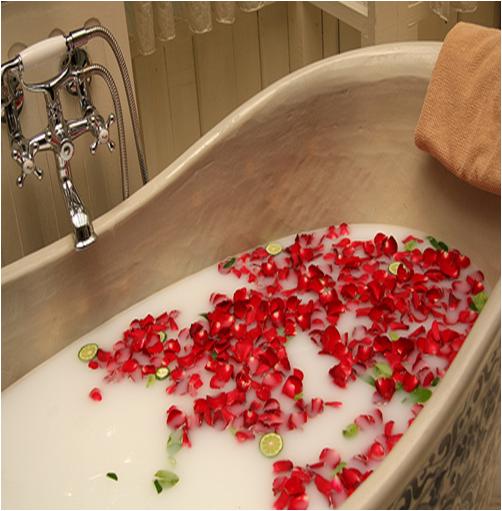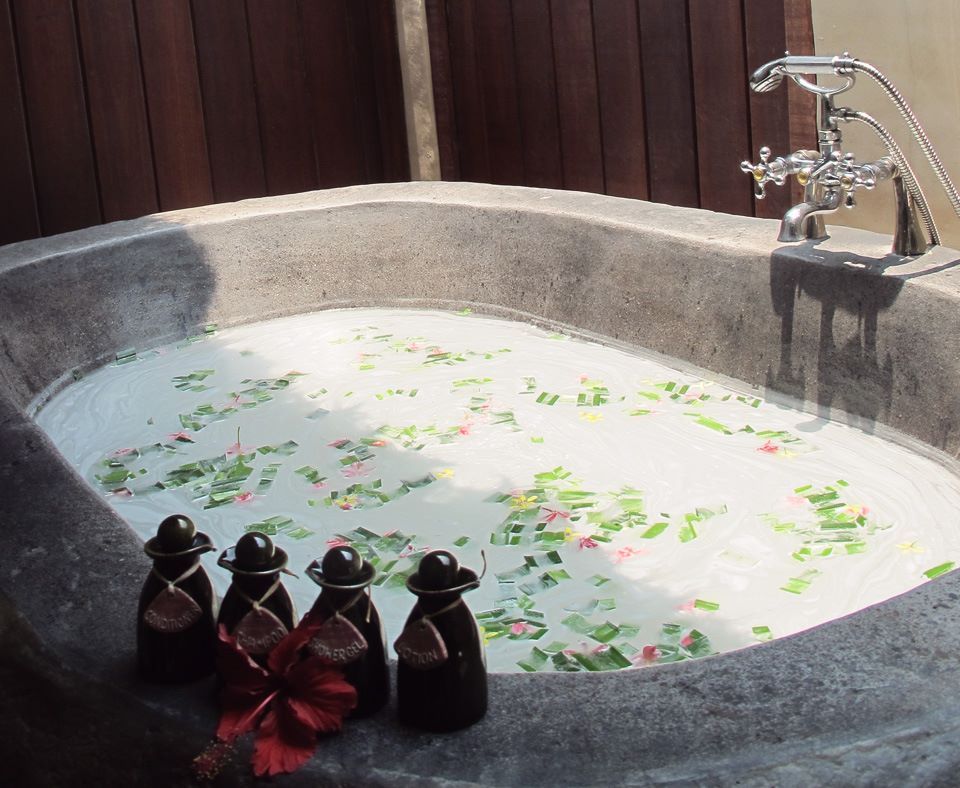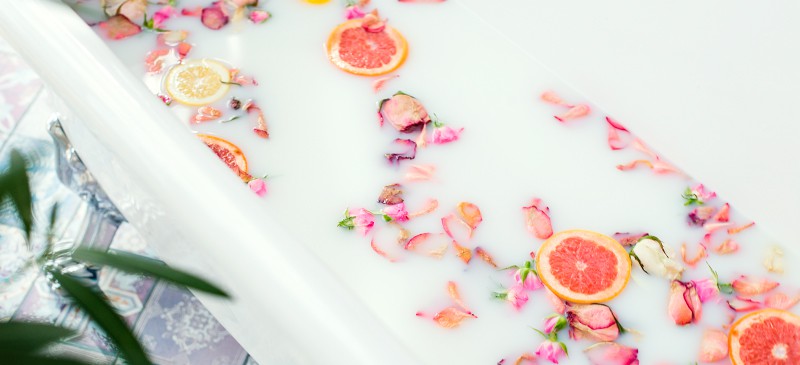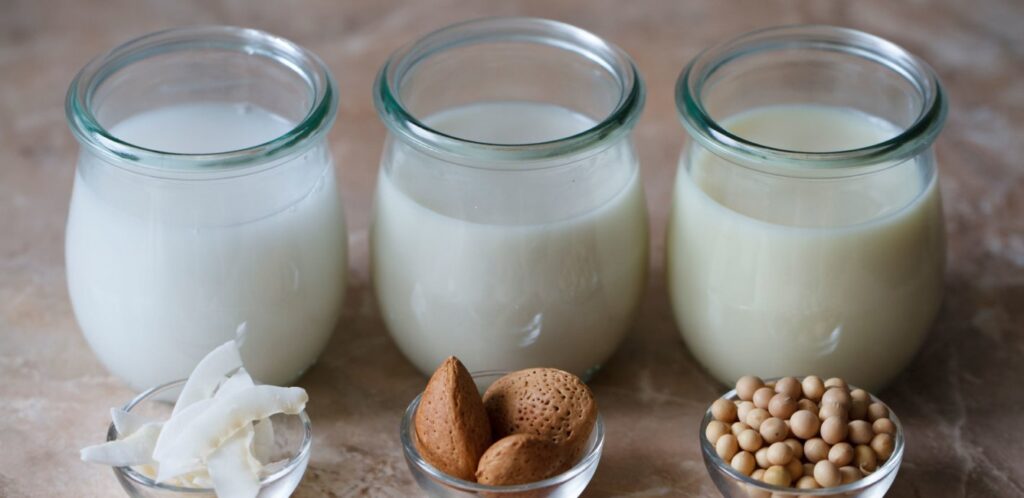Milk baths have been used to bathe and care for skin since the beginning of time. Milk is thought to benefit the skin in a number of ways, including calming, exfoliating, and moisturizing. The benefits of your bath will vary depending on the milk you use. Taking a milk bath is an alternative to bathing in water. There are also frequently added scents like honey, rose, daisies, and essential oils.
How Does Milk Benefit The Skin?
There are many health benefits of milk on the skin. Lactic acid, an alpha hydroxy acid, is used in milk baths to dissolve the proteins holding together dead skin cells. A common DIY treatment for a number of skin conditions is a milk bath. They are reputed to be helpful for soothing, healing, and moisturizing the skin.
There are many benefits to taking milk baths. Some of the benefits include:
Moisturization:
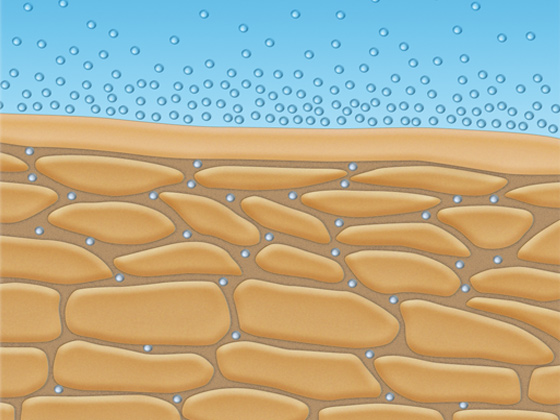
The milk in your bath can help to moisturize the skin and keep it hydrated. Milk is a good source of fat and protein, which can help to moisturize the skin. Milk is a good source of water, which can help to hydrate the skin. Milk can help to soften the skin.
Milk also contains lactic acid, which can exfoliate and brighten the skin, making it a popular ingredient in skincare products. Additionally, the proteins in milk can help to strengthen and nourish the skin. Raw milk is rich in sodium, potassium, and calcium. These minerals tighten the skin, prevent skin cell damage, and keep the skin younger.
Exfoliation:
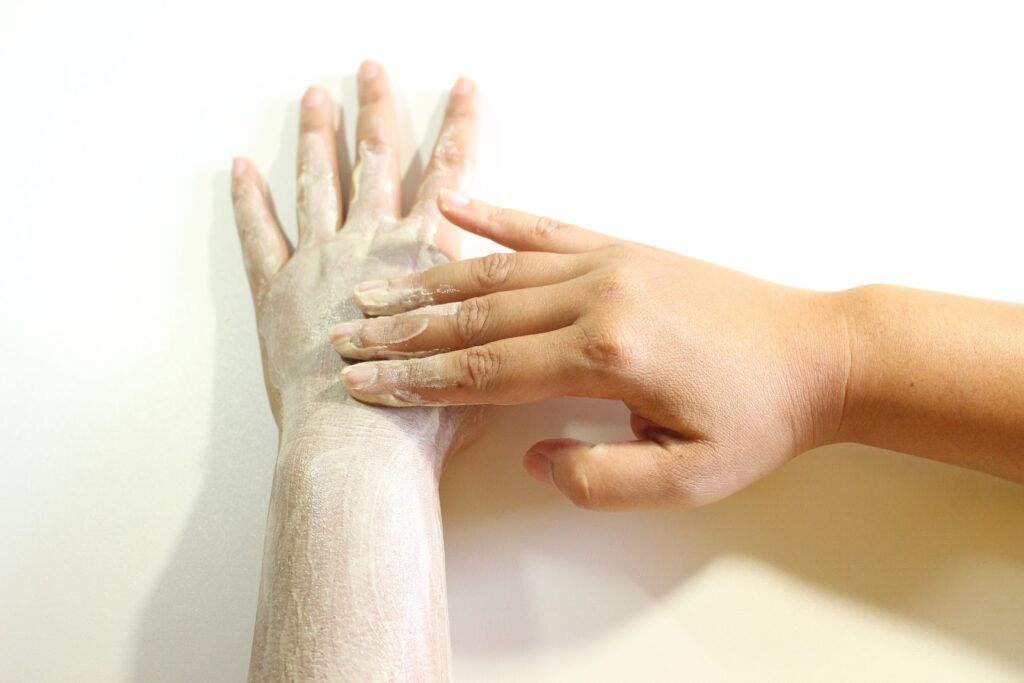
The use of milk in your bathtime regimen can help exfoliate and remove dead skin cells from the skin. A smoother, more radiant complexion may result from this. For people with sensitive or irritated skin, adding milk to your bath water is a great option because they are also known to have a calming effect on the skin. Milk can assist in exfoliating the skin, removing old, unhealthy skin cells to reveal fresh, new skin.
A milk bath’s use of milk can help exfoliate and remove dead skin cells from the skin. A smoother, more radiant complexion may result from this. For people with sensitive or irritated skin, milk baths are a fantastic option because they are also known to have a calming effect on the skin. Milk can assist in exfoliating the skin, removing old, unhealthy skin cells to reveal fresh, new skin. A raw milk scrub is helpful for removing dead skin cells, lightening skin tone, and removing blackheads and whiteheads.
Soothing:
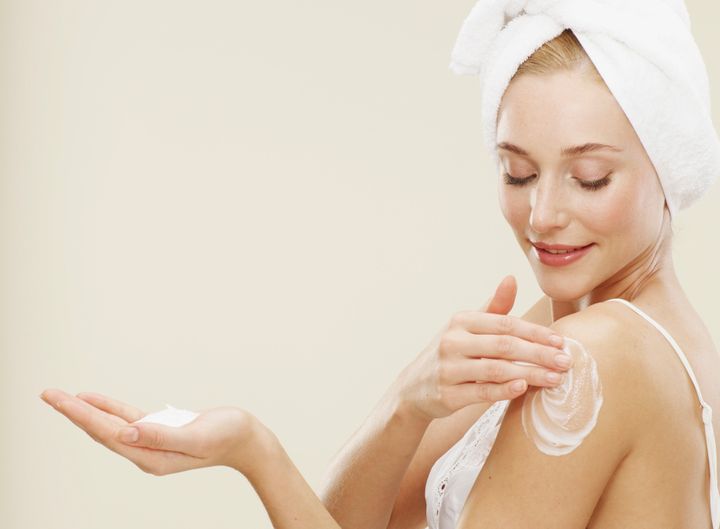
In a milk bath, the milk can calm the skin and lessen inflammation, causing a calming effect. “The protein found in dairy products can help promote skin elasticity as we age,” says Dr. Beall. Milk also contains retinol, a known anti-aging and skin-restoring antioxidant.
Relaxation: Milk baths can be relaxing and help to reduce stress. Milk baths can be a relaxing and calming experience.
Healing: Milk can help to heal and repair the skin. Milk contains a number of nutrients that can benefit the skin, including protein, calcium, and vitamin D.
Improving elasticity: Milk can help to improve the elasticity of the skin, making it more firm and youthful-looking.
How to take a milk bath
A milk bath is a bath that uses milk as the primary liquid. Milk baths are a popular way to relax and rejuvenate the skin. To take a milk bath, simply add milk to a warm bath and soak for 15-20 minutes. You can also add essential oils or other skin-care products to the bath.
Types of Milks you can use:
- Coconut
- Almond
- Oat milk
- Goat milk
- Buttermilk
- Breast Milk
To take a milk bath, you will need
A pitcher
Bathtub
Water
Towel
1 cup of milk or powdered milk
1 tablespoon of honey
Bath Soap
10 drops of essential oil (optional)
Other Items You May Want To Add To Your Bath
| Almond Meal | Bergamot oil | Lavender |
| Oatmeal | Geranium oil | Nutmeg |
| Corn Starch | Vitamin E oil | Sea salt |
| Seaweed | Essential Oils | Honey |
Preparing Your Bath
- Fill a bathtub with warm water.
- Fill a pitcher with milk.
- Add enough water to the pitcher to make it the desired consistency.
- Add the honey, and essential oil if it is being used to the pitcher.
- Stir your mixture to blend the elements together.
- Add your bath soap to the bathtub.
- Pour the milk and water mixture into the bathtub.
- Soak in the bath for 15-20 minutes.
- Rinse off with warm water.
Milk baths are a popular home remedy with many benefits for the skin. They can be a relaxing and calming experience, and they can help to moisturize, soothe, and heal the skin. Milk baths are a great way to relax and rejuvenate the skin. There are many benefits to taking a milk bath, including hydration, nutrition, softening, moisturizing, healing, soothing, and relaxation. Milk baths are a great way to moisturize, exfoliate, and soothe the skin. They can also be relaxing and help to reduce stress. If you are looking for a way to pamper your skin, a milk bath is a great option.

Risks
People with a milk allergy should avoid milk baths. Simply coming into contact with milk can lead to allergy symptoms like itchy skin, a rash, and even hives. Opting for plant-based milk may be a safe alternative if you know that you aren’t allergic to that type of milk.
For the lactose-intolerant, taking a milk bath is likely safe because it’s not being ingested. To be sure, try a patch test with the milk you’d like to use first to be sure it won’t cause any adverse skin reactions. You can also go with lactose-free milk, like coconut or almond milk.
If you’re making a milk bath for a baby, skip the essential oils and other add-ons, like honey and salts. Simply add breast milk and warm water.
